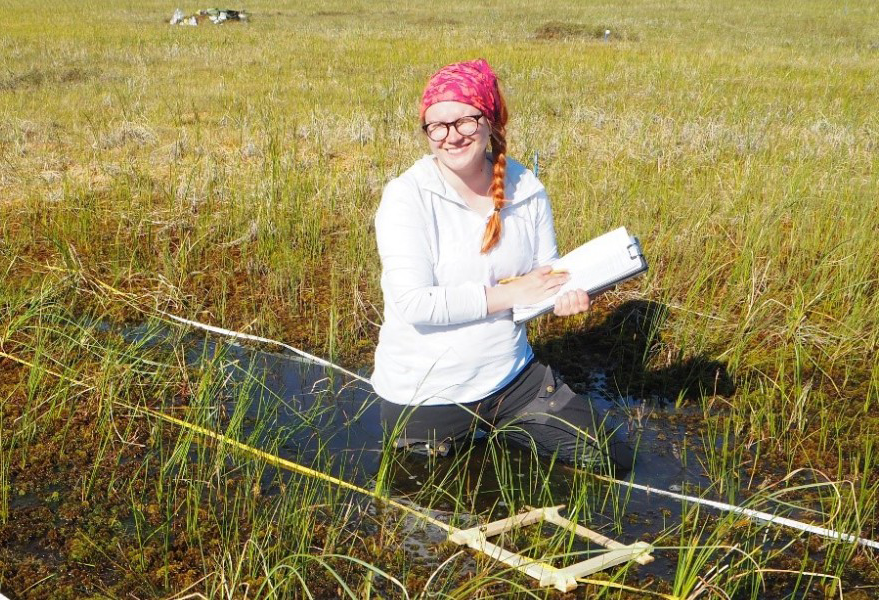Source: University of Eastern Finland

Aapa mire is a northern peatland complex type characterized by wet, sparsely vegetated fens in the central part, while margins are dominated by peat mosses. In recent years, the increase of Sphagnum mosses has been observed in many parts of Finland and some regions of North America. The increase of Sphagnum mosses follows the natural succession of peatlands from fens to bogs, but this development can be accelerated by land use and climate change. New remote sensing methods are needed that allow research in a large scale.
Researchers from the University of Eastern Finland studied changes in the Mahlaneva aapa mire located in the Kurikka municipality in western Finland, using repeated field sampling, aerial image time series, and drone-imaging.
“The area of wet fen has decreased remarkably, by 46%, and mainly Sphagnum mosses have increased since 1947,” says Early Stage Researcher Tiina Kolari from the University of Eastern Finland.
In this study, published in the Ecosystems journal, researchers also tested the suitability of Landsat satellite data for detecting the change, including several spectral bands and indices.
“The trend of increasing near-infrared reflectance proved to be the best indicator of the Sphagnum increase. This is due to the capacity of water to absorb near-infrared radiation, while vegetation has high reflectance of near-infrared radiation,” says Early Stage Researcher Antti Sallinen from the University of Eastern Finland.
The research team is currently applying Landsat near-infrared signal for a large sample of Finnish aapa mires in a collaboration with the University of New South Wales (UNSW; Sydney, Australia) and the International Union for Conservation of Nature (IUCN).
This recently published study confirms that a shift from an aapa mire to a Sphagnum-dominated bog can occur rapidly, in just a few decades. Such ecosystem shift poses a threat to biodiversity and cultural values, as aapa mires are an important part of the northern landscape. On the other hand, the increase of Sphagnum mosses increases carbon sequestration and reduces methane emissions.
This research is a part of the SHIFTMIRE project, funded by the Academy of Finland, that explores recent changes and future projections of aapa mires using remote sensing and modelling, in addition to ecological survey methods.
Reference:
Kolari, T. H. M., Sallinen, A., Wolff, F., Kumpula, T., Tolonen, K., & Tahvanainen, T. (2021). Ongoing Fen–Bog Transition in a Boreal Aapa Mire Inferred from Repeated Field Sampling, Aerial Images, and Landsat Data. Ecosystems, 1–23. 20.10.2021 https://doi.org/10.1007/s10021-021-00708-7






